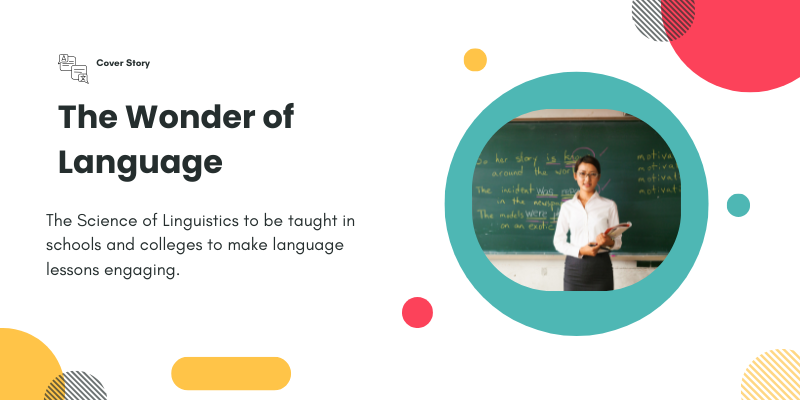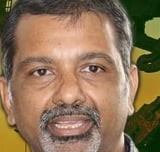
This article is available for free. Please log in or subscribe to access all articles.
Will children who study two languages develop better cognitive abilities than those who learn only in the mother tongue? Why certain words are feminine in one language while masculine in another language? Are languages entirely different from each other or share some common characteristics such as morphology, semantics and syntax?
Linguistics or the science of language if taught to children from early learning can help them better understand the common patterns in language and create a sense of wonder in them, according to Dr Prakash Chandra Mondal, Associate Professor in Liberal Arts at IIT Hyderabad. He was a panelist at the 119th Rajagiri Round Table Conference (RRT) held on August 13, 2025, online on the topic, Linguistic Diversity: A Blessing in Disguise in the AI Age.
He pointed out that study of languages and pedagogy throws up some interesting insights for educators. Some doctoral scholars under him who did a study on the cognitive scores of children who learn through mother tongue and those who learn two languages showed that children who learnt only through mother tongue had better cognitive scores.
The language we speak shapes how we think and perceive reality. It can help rewire the brain to see the world differently, according to the linguistic theorists of the 20th century, Edward Sapir and Benjamin Lee Whorf. According to Sapir-Whorf hypothesis, the grammatical and verbal structure of a person's language influences how they perceive the world. It emphasises that language either determines or influences one's thoughts.
Mr Aravindan SS, expert panelist at 119th RRT pointed out the subtleties of various languages in the world. In Russian language, blue has different expressions- light blue, dark blue which makes a Russian native to understand the subtleties of colour much better than an English native. In English language time travels horizontally- before and after. But in Mandarin it is up and down. In Spanish, the word Bridge is masculine - so they are built to be strong and sturdy not on aesthetics. In German language, bridge is feminine which requires such constructions to be aesthetically good.
Language and AI
It is not just the advances in machine learning that helped in machine translation of languages but the linguistic theories developed by Noam Chomsky, considered the Father of Modern Linguistics. His formal theories of language helped shape machine learning and computational linguistics, according to Dr Prakash Chandra Mondal. But as time passed by Chomsky became disillusioned with the emergence of modern technologies and algorithms developed for machine translation of languages. The training of Large Language Models using datasets actually evolved from the computational linguistics developed by Noam Chomsky and not based on technological advancements. Chomsky's theories helped developed those technologies.
AI tools are taught to understand the morphology, syntax using large sets of data and certain patterns or regularities are identified by machines. This makes it easier to predict the next word in a sentence and this is the basis on which LLM models are built.
Linguistics has to be taught as a science of language. The tone, syntactical structure, morphology has to be taken into account. Indian languages especially, Dravidian languages are morphologically rich. Each word has a lot of affixes attached to them, marking tense. When you teach a learner how a language can mark certain things in a particular manner, how such things can also be observed in other languages, so understanding that regularity or uniformity helps appreciation of various languages. "Mark" refers to how certain grammatical or semantic features such as tense, aspect, gender, number, case politeness are expressed in languages. In English past tense is marked as 'ed' while in Japanese, it is marked as Aruita. In English plural is marked by 's' while in Arabic internal vowel changes are used
The expert panel was of the view that AI native education models that support linguistic diversity and contextual understanding must be adopted in schools and in higher education. Corpora for minority languages should be developed to enrich the AI data sets and to prevent monocultural bias.

Sreekumar Raghavan is an experienced media professional and trainer. He is presently Editor of Pallikkutam, The Education Observer and hosts the monthly event, Rajagiri Round Table Conference.
SUBMIT REVIEW
Please email us: editor.rajagirimedia@gmail.com
USER REVIEWS